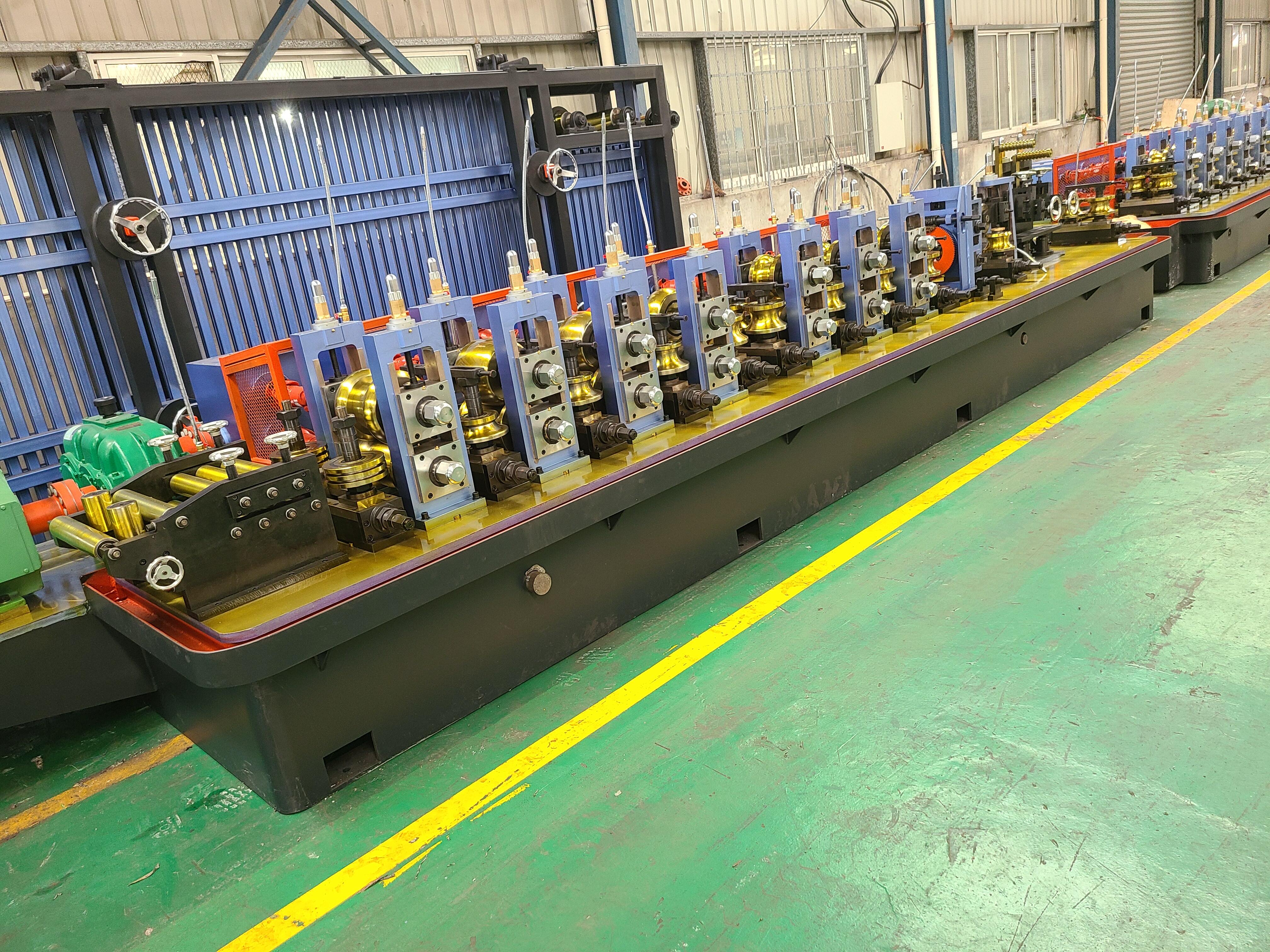latest design gi pipe making machine
The latest design GI pipe making machine represents a significant advancement in pipe manufacturing technology, incorporating state-of-the-art features for enhanced productivity and precision. This innovative machine utilizes advanced automation systems to streamline the galvanized iron pipe production process, from material feeding to final product inspection. The machine's core functions include automatic material feeding, precise forming through multiple roll stations, high-frequency welding, and sophisticated cooling systems. Its technological features encompass digital control interfaces, real-time monitoring capabilities, and adaptive pressure control mechanisms that ensure consistent pipe quality. The machine can process various material thicknesses ranging from 0.5mm to 3.0mm and produces pipes with diameters from 15mm to 76mm. The production line integrates cutting-edge welding technology with automated quality control systems, ensuring each pipe meets international standards. Applications span across multiple industries, including construction, infrastructure development, agricultural irrigation, and industrial fluid transport systems. The machine's versatility allows for quick changeovers between different pipe specifications, making it ideal for manufacturers serving diverse market demands.


